Reinventing an icon is never easy
Karl feels that Land Rover should not rob the Defender name of its original appeal by giving it a modern makeover. However, seeing that it is an important task to take the brand forward, he sure hopes that the designers retain some of the old car's DNA.
Reinventing an icon is never easy, and Karl fears that Land Rover may not get it right with the new Defender.
If it ain’t broke, don’t fix it. We’ve all heard that term before, and looking around at the corporate world, there are plenty of instances of incremental improvements without radically changing the formula.
Take the iPad for example. The latest iteration looks very similar to the very first model and they operate in exactly the same fashion. Touchscreen, icons, rotating display, etc. Of course, there are changes, but apart from the high-res screen, and slightly smaller bezel, everything else is under the skin. But look at how much better it is.
The same idea applies to cars. Porsche is the master of this kind of evolution. Small changes have to be made, and keeping up with technology is a must, but the basics are still the same. The 911’s layout, drive experience and styling is as fresh as ever, but still stays true to the original formula.
The Rolls-Royce Phantom is the same. It’s very similar to the previous model introduced in 2003, but the basics are all there – superlative quality, the world’s best ride, massive space – and the company has kept to what made it successful.
Even the Suzuki Jimny has stuck to what endeared it to so many – low-range gearing, blocky styling, and extraordinarily low weight helped catapult it into stardom, or at least, cult status. Yes, it’s having an AEB (Automatic Emergency Braking) issue currently, but introducing new tech into an older-style of vehicle is bound to cause an issue or two here and there. We’ll forgive it that, at least. But there’s another off-roader that’s about to hit the roads, which we’re keeping a very close eye on.
The Land Rover Defender is the undisputed king of off-roading. Jeep will challenge that claim, of course, but the Defender has a special place in my heart. Not just because it nearly broke my back when climbing up a rock face thanks to its stiff suspension, but because it actually drove up that rock face when nothing else would. Its short wheelbase, minimal overhangs and brilliant grip meant that it outclassed several other off-road machines at the same location, despite coming straight from the dealer without any add-ons.
What made it brilliant is how simple it was. Manual transmission, proper low-range, locking differentials, good ground clearance and usable interior space. The diesel engine wasn’t very powerful, but then, it didn’t need to be. There was just enough grunt to get it where it needed to go. The good ol’ KISS theory – Keep It Simple, Stupid.
But I fear that the same principle may not be carried over to the new Defender. The wraps are said to come off early in 2019, and Land Rover’s Instagram feed is starting to show images of the Defender and giving us an idea of what its overall profile looks like. And this is where some of the concern comes in.
The styling seems to have eschewed the old-is-new ethos that made the reborn Mini such a hit. There’s less of the classic Defender look and more of the current Land Rover design language. But, as we’ve learned from the 911, Jimny and Mini, looking back is just as successful as looking forward. People don’t want a shortened version of the Discovery, they want a Defender.
There’s no doubt that it will be capable. After all, even the cheapest Land Rover is capable. However, I can’t help but wonder how much electronic trickery will be behind its ability. Do we really want height-adjustable suspension and numerous stability control programs to do the work for us, or do we just want it to have masses of mechanical grip and chug through the mire like the Defenders we know and love?
It’s an unenviable position for Land Rover – moving the brand forward without destroying an icon is not a task for the faint-hearted. Clearly the engineering team is up to the challenge. I just hope the styling team is as well.
Also read - Driving a Rolls-Royce Cullinan off-road
Tesla is doing a stellar job in front of other exclusive EV makers

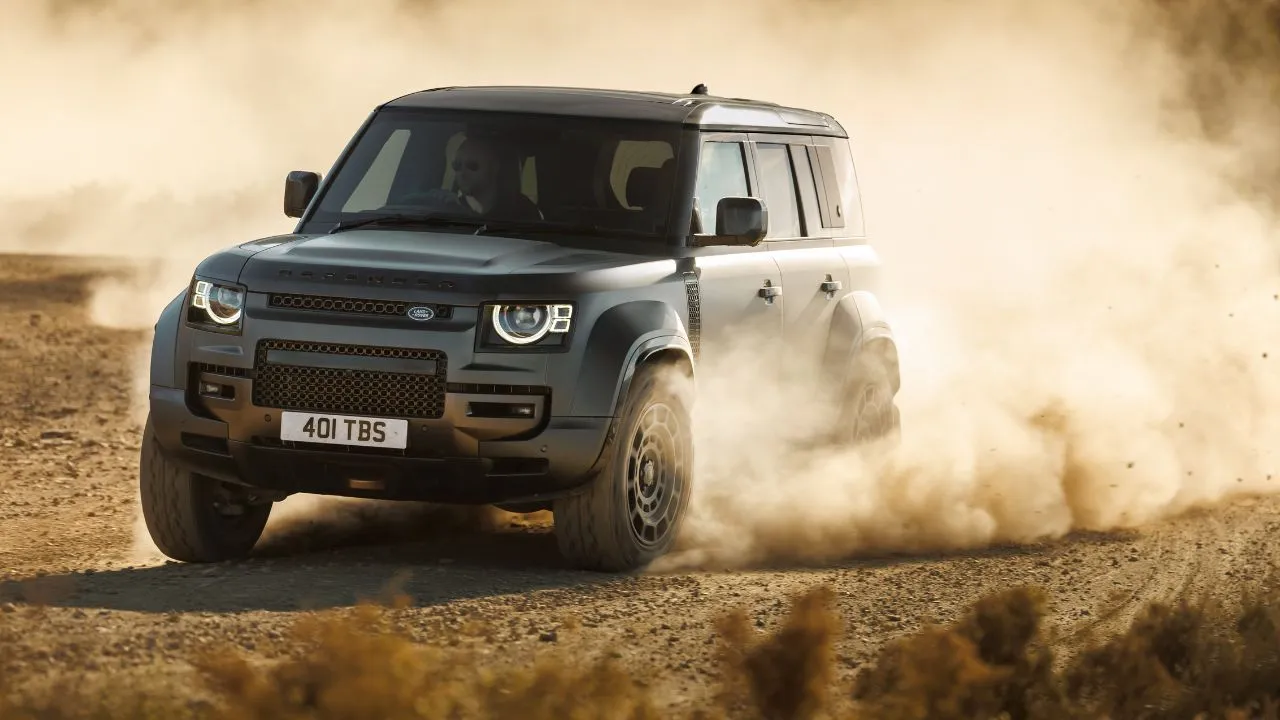
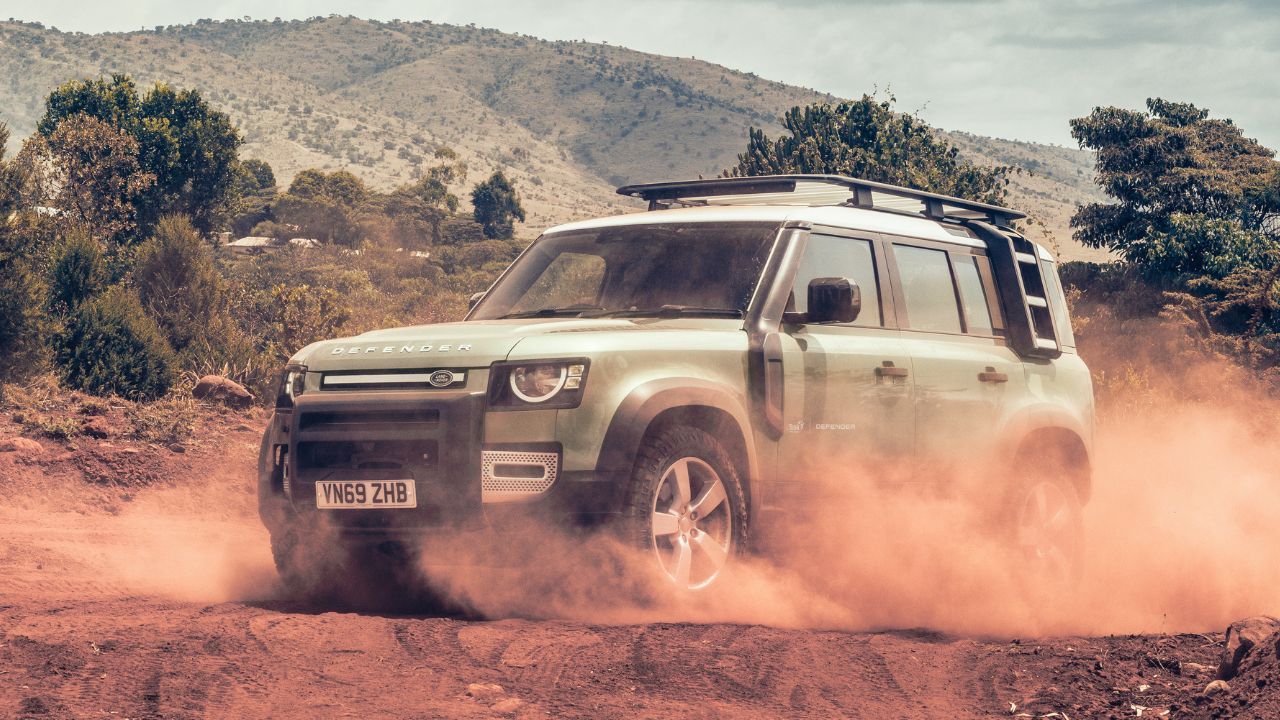

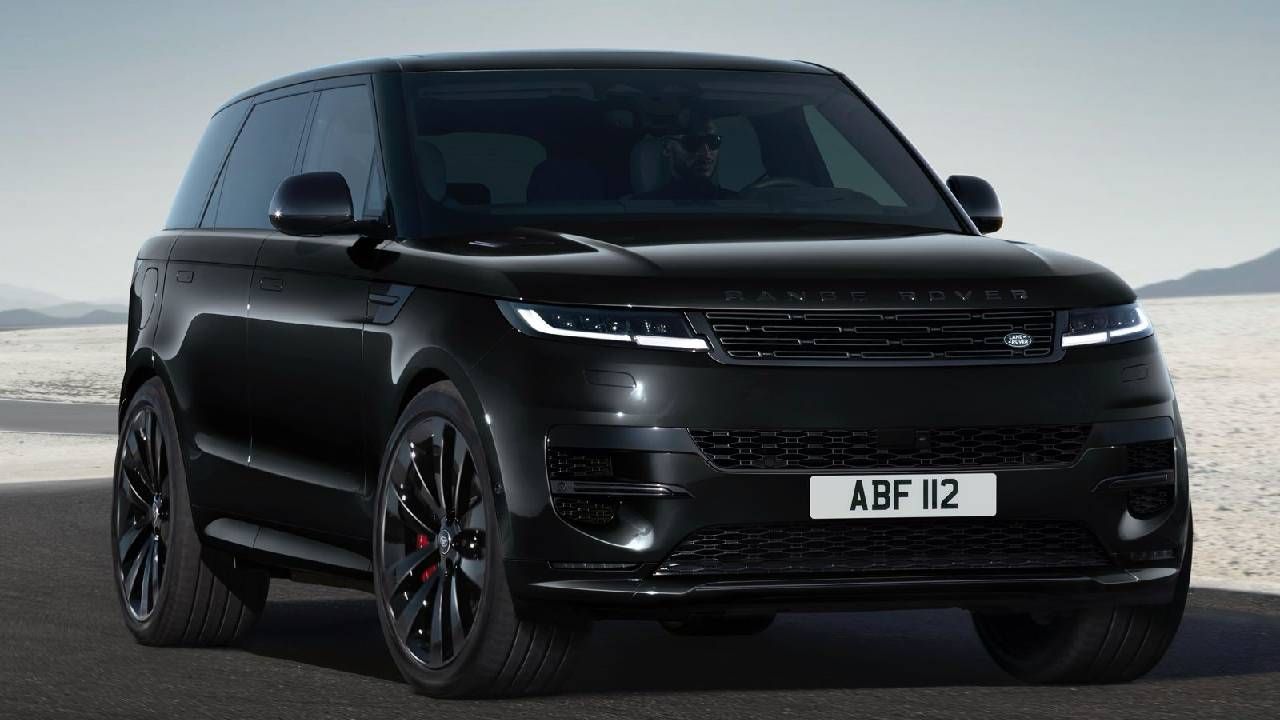
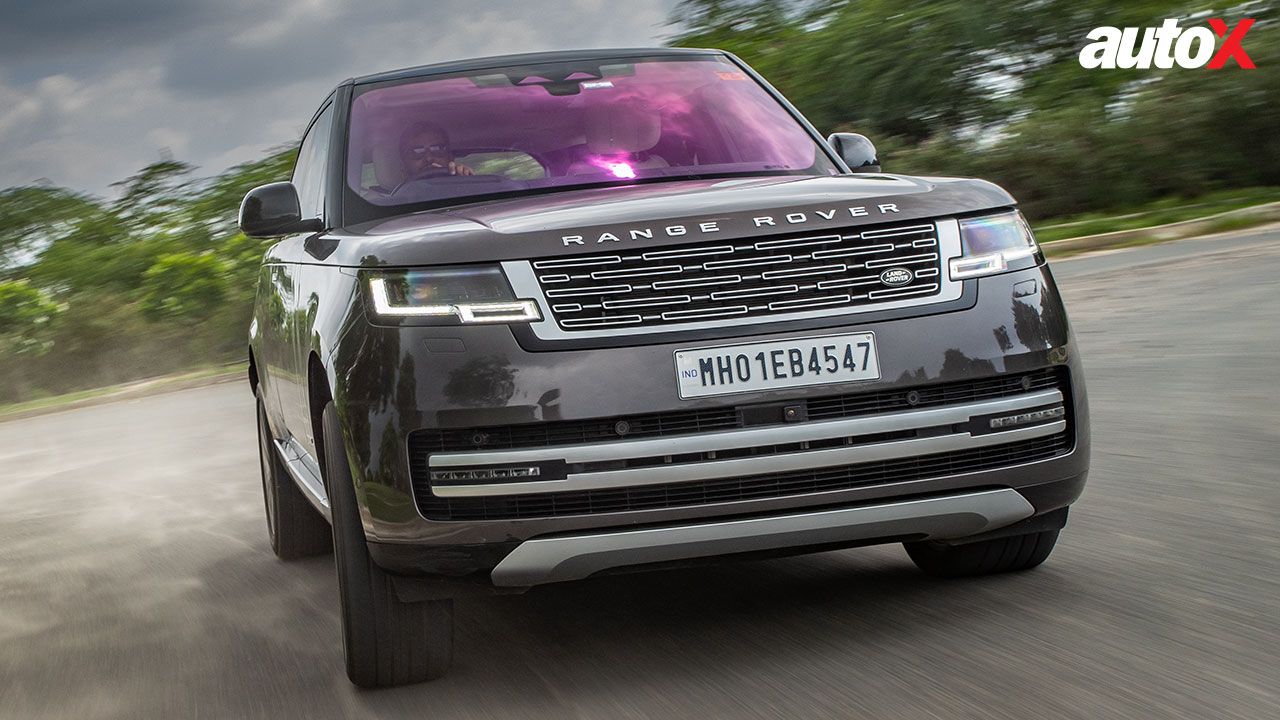


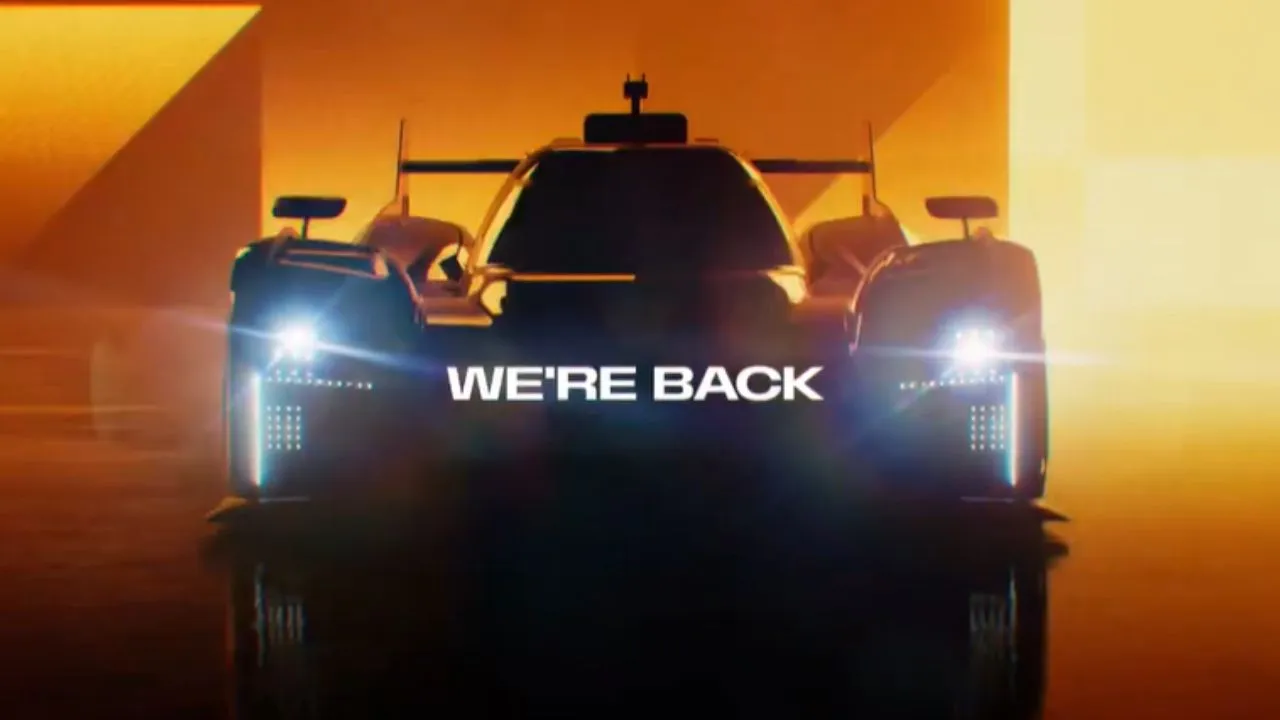

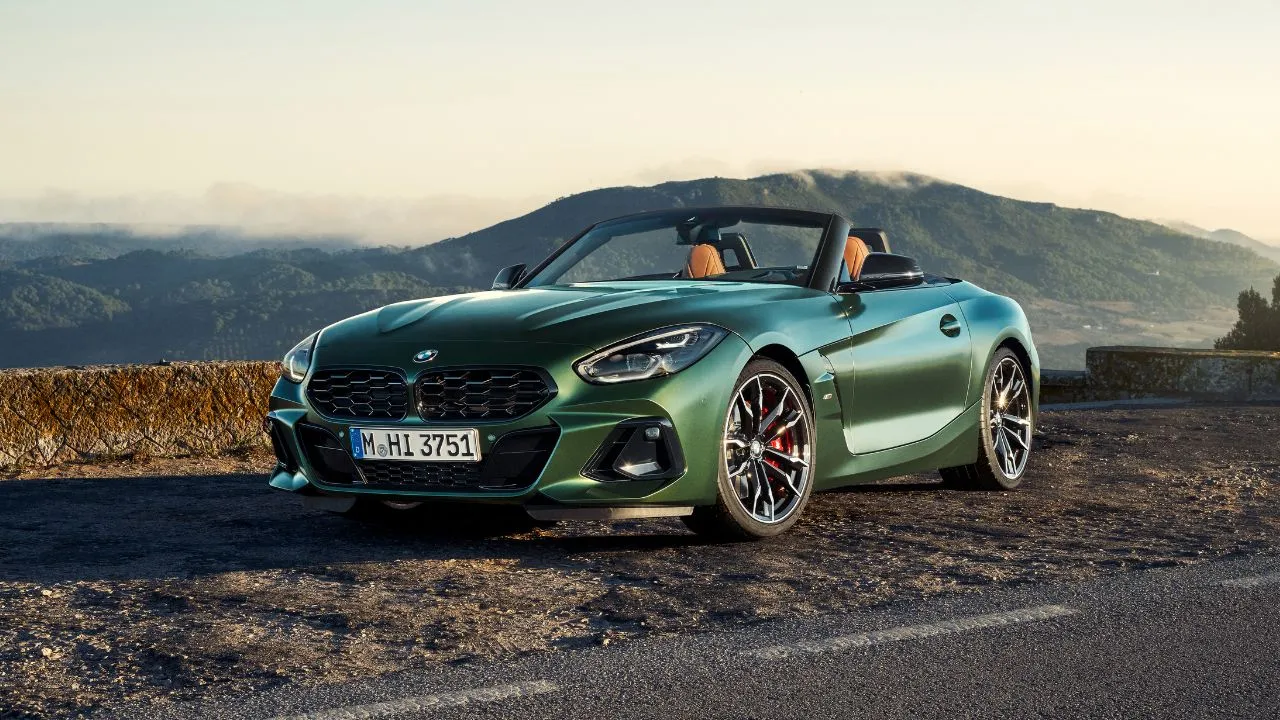



















Write your Comment on